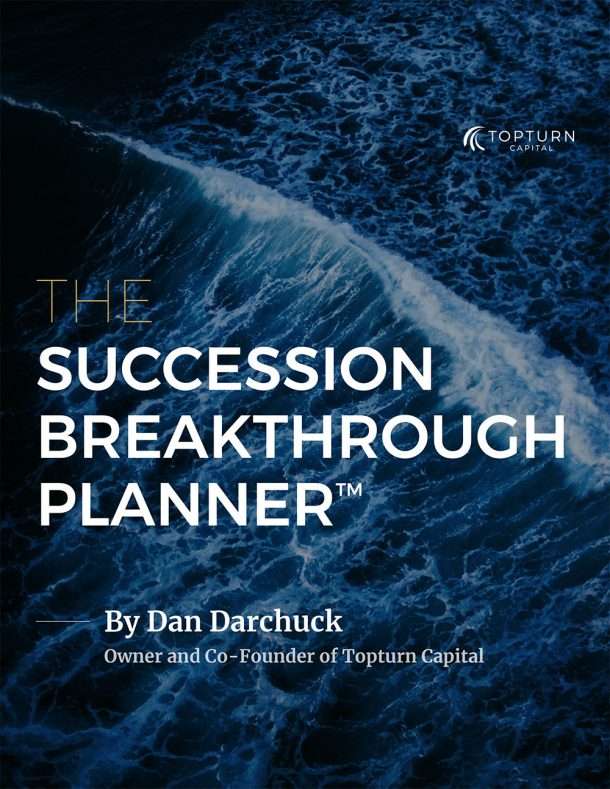In times of great emotion and “easy” investing, many are pulled toward what looks like the simplest solution: passive investment strategies. These can include buying-and-holding index-linked funds, principal-protected and structured investments, and target-date funds. Passive strategies can be very compelling for investors; they provide the sense that you can just “set it and forget it” – that you can avoid thinking about that investment for several years.
Such was the belief with principal protected mutual funds, which were very popular prior to 2008. These were structured with the intention that you could participate in the growth of the market while protecting your principal for a future point in time. The investments were structured with a certain portion allocated to a low-risk investment, such as a zero coupon bond, and the balance participating in the equity market. This was based on the premise that, if at some point the market fell apart, the low-risk component would be there to guarantee the principal.
It sounded great. It sounded like this solution would provide all the upside, without any downside. But that wasn’t the case.
When markets sold off – hard – a lot of money was pushed into fixed income just as stocks were hitting bottom. The result was that clients were systematically selling equity low, and buying bonds relatively high: the opposite of any sound investment strategy. This created a reverse, downward action that essentially stopped out as the principal guarantee kicked in. The investments did horribly. Many were liquidated, as the mechanism was unintentionally structured such that the principal would either never be returned or – in the best case scenario – it would provide a zero return rate.
This inherent design flaw in what was intended to be a low-risk, passive investment, ended up creating a product that was the wrong thing at exactly the wrong time.
Target-date funds (particularly those with an automated component) are the newest in passive strategies, and could produce a similar result, with investors being systematically forced into loading up on bonds at or near the top of the bond market. If this happens right when you’re entering retirement, you may not have enough stock exposure left in your portfolio to offset the carnage.
It is our belief that the next several years will call for an approach that is anything but passive.
For the last 6 years, we’ve been in an equity bull market that a lot of people have not participated in. From the outside, it looks as though easy money has been made – and now complacency has set in. Passive investing from here on could work really well… until it doesn’t. It may work right up until that index or that strategy is down 50%.
Remember 199, just prior to the great “Dotcom” crash? Many people were day-trading because it was that easy to make money. And then, suddenly, it wasn’t. Just recently, the NASDAQ hit an all-time high, finally making back all the losses it experienced from 2000-2001. Over the ensuing 15 year period, a $20 investment became worth… $20. Can you imagine what the result would be if this situation occurred over the course of an investor’s retirement? Passive disaster.
Big mistakes are made when everyone around you believes everything is easy. Pay attention to where the herd is going, and start heading in the other direction.
– Greg Stewart, CIO



